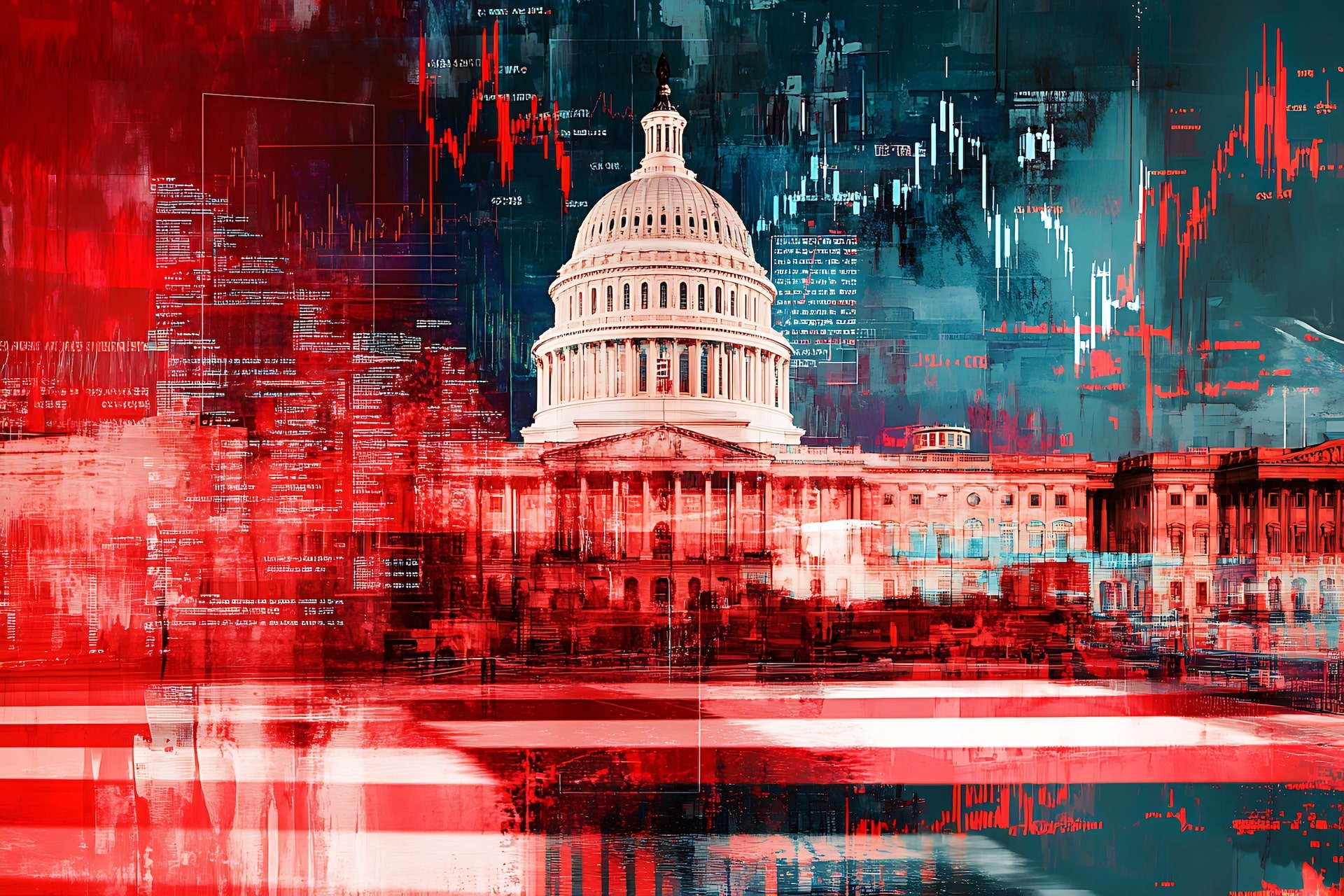Credit Sesame’s personal finance weekly news roundup September 24, 2022. Stories, news, politics and events impacting the personal finance sector during the last week.
- Federal Reserve hikes rates for the fifth time in 2022
- Consumer watchdog issues report on Buy Now Pay Later plans
- 1 in 5 U.S. households has medical debt
- Retail store thefts are up
- Poll indicates growing consumer anxiety
- Increased car prices are putting strain on consumers
- Mortgage rates continue to soar
- Home prices rise despite falling sales
1. Federal Reserve hikes rates for the fifth time in 2022
As was widely expected, the Federal Open Market Committee (FOMC) announced the year’s fifth increase in the Fed funds rate on September 21. This was the Fed’s third consecutive rate increase of 75 basis points, and it raised the total increase for 2022 to 3.0%. The steady pattern of rate increases is part of the FOMC’s campaign to cool down inflation. Besides raising interest rates, the FOMC released updated economic projections. These now show that the FOMC expects the Fed funds rate to rise to 4.4% by the end of this year, and to 4.6% next year. Those economic projections show that the FOMC expects unemployment to rise a little next year. On a more optimistic note, the projections show inflation beginning to ease significantly next year, and falling to the Fed’s long-term target rate of 2.0% by 2025. See FOMC statement at FederalReserve.gov.
2. Consumer watchdog issues report on Buy Now Pay Later plans
The Consumer Financial Protection Bureau (CFPB) issued a new report on the growing impact of Buy Now Pay Later (BNPL) programs. The report notes that among five leading BNPL lenders surveyed, the number of loans made grew from 16.8 million to 180 million between 2019 and 2021. The dollar volume of purchases made with those loans ballooned from $2 billion to $24.2 billion. From 2020 to 2021, the average size of a purchase made with a BNPL loan rose from $121 to $135. With this growing usage come growing problems. The CFPB notes that last year the number of accounts that were charged at least one late fee rose from 7.8% to 10.5%. In light of all these trends, the CFPB cautions against three potential harms to consumers: 1) BNPL loans are often structured to make late payments more likely; 2) registration and participation in these programs is used to collect and track data on consumers; 3) the structure of BNPL programs may encourage overborrowing. See full report at ConsumerFinance.gov.
3. 1 in 5 U.S. households has medical debt
A new study found that nearly one out of every five households in the United States has some medical debt. The average household’s medical debt is $4,600. The study found that poorer households typically have more medical debt, and women are more likely than men to have medical debt. Though uninsured people are most likely to have medical debt, people with high-deductible health insurance plans are also somewhat prone to it. Medical debt was found to cause other financial problems, such as a higher likelihood of eviction, food insecurity and inability to pay utility bills. See full article at UPI.com.
4. Retail store thefts are up
The National Retail Federation reported that total inventory losses were up by $5 billion last year, to $95 billion. These losses, known as inventory shrinkage, include customer thefts, employee thefts and inventory mismanagement. A rise in these losses adds to the inflation problem because it represents higher costs for retailers. For their part, retailers face a dilemma of how much they can increase security without alienating good customers. See full story at Marketplace.org.
5. Poll indicates growing consumer anxiety
A Marist College poll shows evidence of how higher prices are affecting consumers. 37% of poll respondents said their finances had gotten worse over the past year, compared to 18% who said they’d gotten better. The poll also found a number of ways Americans have cut costs. 54% said they were eating out less often, and 40% said they were driving less or carpooling more to cut gas expenses. 39% have cut food and grocery purchases, and 35% reported skipping a vacation. Despite the cost-cutting efforts, some Americans are experiencing serious financial problems. 18% have skipped medical treatments such as doctor’s visits or prescriptions in order to save money. 20% said they’ve missed or delayed at least one bill payment. See full article at TalkBusiness.net.
6. Increased car prices are putting strain on consumers
The Consumer Financial Protection Bureau (CFPB) issued an analysis that shows how rising vehicle prices are putting a growing strain on consumer credit. The average price paid for new vehicles has jumped by more than 20% in just the past two years. The average price of used cars has increased even more sharply, by over 40%. In response to those higher prices, consumers are financing larger amounts of their car purchases. The average new auto loan is roughly $40,000 now, and the average used auto loan is over $28,000. The combination of longer loans and rising interest rates has resulted in larger monthly payments. Average auto loan payments have risen by between 13% and 19% over the past year, depending on the consumer’s credit tier. See full analysis at ConsumerFinance.gov.
7. Mortgage rates continue to soar
30-year mortgage rates rose by 0.27% last week to 6.29%. This was the fifth consecutive weekly rise in mortgage rates. The 30-year rate is now at its highest level since 2008. Mortgage finance company Freddie Mac reports that higher mortgage rates are starting to have an impact on the housing market, with sales declining. See report at FreddieMac.com.
8. Home prices rise despite falling sales
The National Association of Realtors announced that the number of home sales fell by 0.4% in August. This was the seventh straight month of declining sales, and sales volume is now down 19.9% from a year ago. Despite the sagging sales numbers, the median existing-home sales price has risen by 7.7% in the past year. The resilience of home prices may be due to a limited inventory of properties for sale. See full release at NAR.realtor.




















